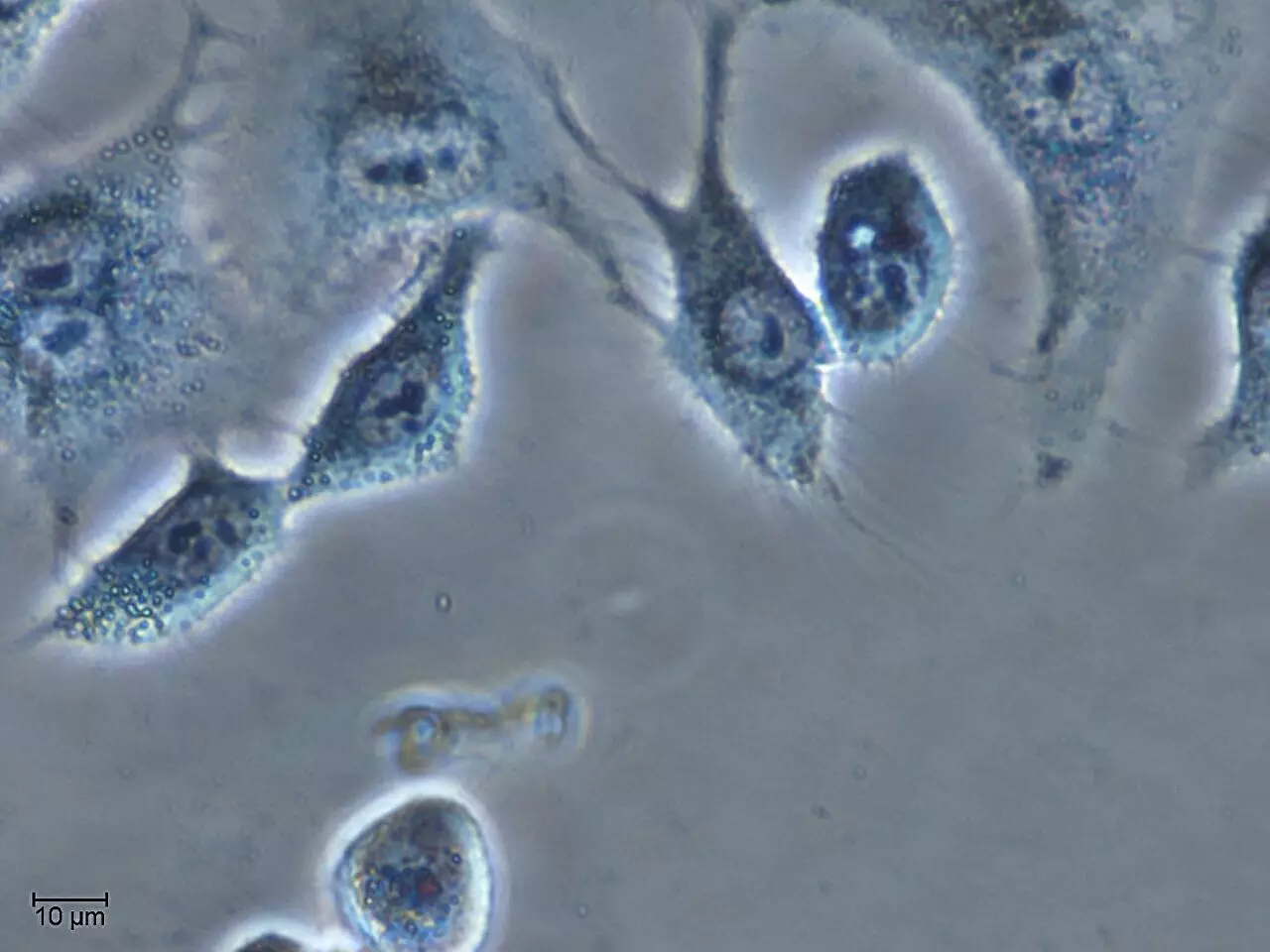Chemotherapy has been a crucial treatment method for cancer patients, but it comes with various side effects and limitations that have prompted researchers to explore new solutions. Recently, a study published in Cell Reports Physical Science introduced the concept of using molecular “cages” made of pseudopeptides to target and eliminate cancer cells in acidic microenvironments. This research, conducted by a team from the Institute for Advanced Chemistry of Catalonia (IQAC-CSIC) in collaboration with other institutions, sheds light on the development of new ionophores with potential therapeutic applications in cancer treatment.
Chemotherapy has long been plagued by two main challenges – lack of selectivity leading to undesired side effects and the emergence of chemoresistance in cancer cells. Cancer cells also exhibit unique characteristics such as an acidic microenvironment around solid tumors, promoting their resistance and metastatic capabilities. While ionophores have shown promise as potential chemotherapeutic agents, controlling their activity to minimize toxicity has been a significant hurdle.
The use of molecular “cages” derived from fluorine-substituted amino acids presents a promising solution to overcome the challenges faced by traditional chemotherapy. These “cages” selectively target and kill cancer cells in slightly acidic pH levels, typically found around tumors, while remaining harmless to healthy tissues at physiological pH levels. The design of these “cages” involves encapsulating chloride ions in acidic environments and efficiently transporting them across lipid bilayers, resulting in increased toxicity to cancer cells in the acidic microenvironment.
A previous study in 2019 laid the foundation for the current research by designing a molecule with a three-dimensional ‘cage’ structure that demonstrated selectivity in killing cancer cells in slightly acidic environments. The new study aimed to further understand the mechanism of action of these molecules by exploring a broader family of “cages” with varying numbers of fluorine atoms in different positions. Using advanced theoretical and experimental methods such as fluorescence, nuclear magnetic resonance, and computational studies, researchers delved into the chloride capture capacity, transport process, and toxicity levels at different pHs in cell cultures.
The results of the study have revealed the impact of fluorine atoms on the efficacy of these molecular “cages” in targeting and killing cancer cells in acidic environments. By identifying a cage with enhanced selectivity, researchers have paved the way for further advancements in the design of ionophores with potential therapeutic applications in cancer treatment. The insights gained from this research will not only deepen our understanding of cancer biology but also offer new avenues for the development of more targeted and effective treatment strategies.


Leave a Reply